Swedish Lapphund
The Swedish Lapphund is a Spitz-type dog breed originating in Sweden. It is one of the three Lapphund dog breeds, and they all share the same ancestor. The Swedes used this breed primarily for guarding as well as herding reindeer.
These dogs have been given a nickname, “the black beauty of Norrland.” This is also believed to be one of the oldest Swedish dog breeds. The Swedish Lapphund is associated with the Sami tribes of Scandinavia, and in their mythology, the Sami people were approached by the Swedish Lapphund, who promised them lifelong service in exchange for good treatment.

Height:
16-20 in (40-51 cm)

Weight:
30-45 lb (14-21 kg)

Origin:
Sweden

Life Expectancy:
12-14 years
Dog Breed Characteristics
Appearance
The Swedish Lapphund is a medium to small-sized dog with a Spitz-like rectangular build. Its thick, stand-off coat, wedge-shaped head, and triangular prick ears contribute to its resemblance to a fox, heightened by its energetic, alert demeanor. Its large brown eyes are well-spaced, and expressive and have darkly pigmented lids.
The Lapphund has a well-built but compact physique, with a long, level back and a broad, deep chest, though it can be difficult to see beneath the thick coat. Its tail is carried in a curl over the back and is set high on the croup. Although it can be extended to the level of the hock when relaxed, it is usually carried in a curl over the back.
The breed has a light, sprightly gait that suggests its athleticism and ability to spring through significant depths of snow. Its densely-haired, relatively large paws can effectively function as snowshoes. The Lapphund's shoulder, stifle, and hock joints are well-angulated, which contributes to the lightness of its feet.
Color and type of coat
The double-thick coat forms a pronounced ruff, or mane, around the neck; the outer layer is harsher than the dense, wooly undercoat. It is black in color (with some bronzing), with small white markings on the chest, paws, and tail allowed by the breed standard.
Temperament
Owners of temperament Lapphunds describe their dogs as playful, intelligent, and lively.
This is a very friendly dog. When you take them for a walk, they might want to say hello to strangers they meet. They are friendly and playful with both people and other dogs.
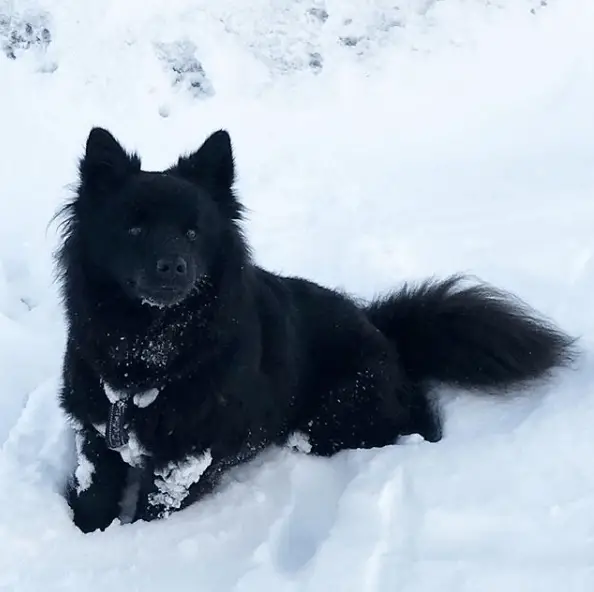
They enjoy being physically active. You can take Swedish Lappies for a walk or a car ride. If you enjoy camping, look for a site that allows dogs because this pup will enjoy all family activities. They will warn you if an animal approaches your campsite and frequently scare them away with their high-pitched bark.
Swedish Lapphunds also make excellent watchdogs, alerting you when someone approaches your door or observes any suspicious activity. This dog is impenetrable. They should not be left alone for extended periods of time because they will develop separation anxiety and become excessively barky. Include them in any activity, and this dog will be more than delighted!
Care guide
To detect any health issues early, you should keep up with your Swedish Lappund's regular veterinary checkups, just like you would with any other dog. Your veterinarian can assist you in developing a care routine that will keep your dog in the best possible condition. The following are the most important aspects of caring for a Swedish Lapphund.
Grooming
Despite its spectacular density, the Swedish Lapphund's coat is actually quite easy to care for. It sheds moderately and should be brushed once or twice weekly to remove loose hair, but it is weather and dirt resistant and should rarely require washing. Clipping the coat causes damage to the hair shafts, allowing water to permeate and disrupt them. Daily teeth brushing and occasional nail clipping are essential for any dog and should be included in the grooming routine from the start.
Keep an eye on your dog's ears. Even if they are not prone to ear infections, you should still inspect their ears for redness, discharge, or a bad odor. Ear cleaning should be a regular part of Swedish Lapphund care, and ear cleaners can assist you with this.
Training
Controlling the barking tendency is perhaps the most difficult challenge in training a Swedish Lapphund. Otherwise, it is a dog that learns quickly and responds well to praise and positive reinforcement. Teaching the "quiet" command is a very useful technique for reducing nuisance barking. Still, it takes time and strict consistency in training.
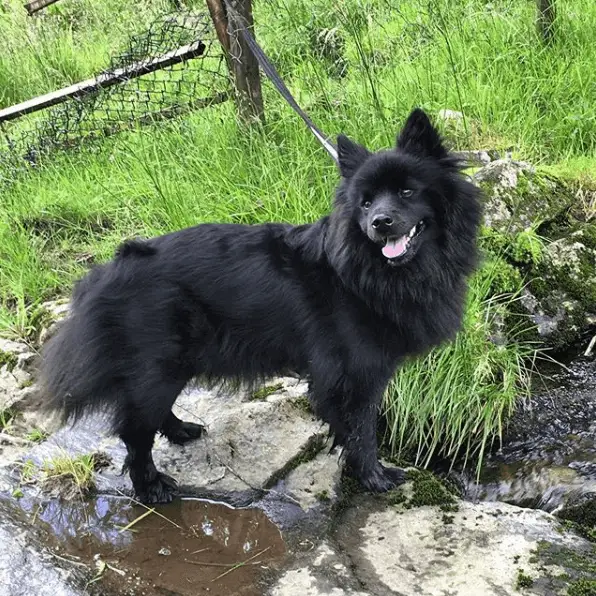
The other method for controlling this vocalization is extensive socialization, which involves exposing the Lapphund to as many new people as possible during its formative months as a pup. While this will never completely eliminate this noisy instinctive behavior, it will most likely reduce its frequency and duration.
Exercise needs
Except in scorching weather, when this Nordic breed is prone to overheating, the Swedish Lapphund should be given one and a half to two hours of exercise per day. This can take many forms, but ideally, it should be both mentally and physically stimulating, such as navigating an obstacle course, exploring new routes, or pulling a small cart.
Many Lapphunds have excelled in competitive activities such as agility trials. This is an ideal form of exercise for this intelligent and athletic breed where it is available.
Socialization
Socialization, like training, should be an essential part of your dog's life, regardless of breed. The Lapphund is a naturally friendly breed, so socializing a Lapphund puppy should be a breeze. They will want to greet everyone and play with anything they come across. It is your responsibility to expose your puppy to various people, sights, dogs, sounds, and situations. It is the only way to ensure that a puppy grows into a well-mannered and confident dog.
Swedish Lapphund and kids
The Swedish Lapphund is great with families and loves children. Still, they should be supervised around small children because they have herding instincts and may nip at a child to keep them wrangled.

Keep in mind that children must learn how to behave around dogs. Teach your child never to approach a sleeping or eating dog or to try to take the dog's food. No dog, no matter how friendly, should ever be left alone with a child.
Swedish Lapphund and other pets
Swedish Lappunds get along well with other dogs and cats, especially if raised with them. This is a very friendly, social breed that gets along with everyone. Small animals, such as guinea pigs, may not be safe next to your Lapphund. If you have multiple pets, it's best to keep an eye on them.
Health
These dogs are generally healthy, but there are some disadvantages to this breed's health. Perhaps because there are so few Swedish Lapphunds to collect data on, specific health issues are rarely reported. Diabetes mellitus and progressive retinal atrophy are the most common of the conditions listed below.
- Diabetes mellitus - A deficiency of the hormone insulin, responsible for regulating glucose metabolism, is another potential issue in this breed.
- Glycogenosis - A rare condition in which large starch molecules accumulate in body tissues, causing a variety of symptoms ranging from muscle weakness to organ enlargement and dysfunction.
- Progressive retinal atrophy - An inherited cause of blindness in many breeds, including the Swedish Lapphund.
- Spinal muscular atrophy (SMA) - An unusual and thankfully rare genetic condition that can manifest itself in puppies as young as two months old. The condition usually results in death due to severe muscle loss.
Breeders
Because the Swedish Lapphund is not the most popular dog breed globally, finding one may be difficult. Regardless, you should look for a reputable Swedish Lapphund breeder. Keep in mind that you may be placed on a waiting list, so you may not be able to get a puppy right away. Purchasing a dog from a reputable breeder ensures that your puppy has the best possible start in life.
Dog on photo: lana_the_lapphund
World Dog Finder team

Updated at31.08.2023.
Breed History
A Swedish Lapphund was the first dog registered with the Swedish Kennel Club in 1893. Still, the breed was well established in Scandinavia long before that. According to genetic studies, like other Nordic Spitzes, including the far more numerous Finnish Lapphund and Norwegian Elkhound, it can be traced back to a dog-wolf hybrid that evolved in isolation from many other domesticated breeds.
It is thought that the Sami people of the region used it as a hunting dog. Even modern Lapphunds have strong hunting instincts, with those who know the breed well attesting to its ability to hunt a variety of game, from hares to bears.
Toward the end of the eighteenth century, the Sami began to rely more on reindeer farming for a living. The breed proved to be a capable shepherd dog, helping to herd and guard the livestock. This ability as a watchdog persists, and Lapphund's propensity to bark excessively can be viewed as a blessing or a curse, depending on the situation.
Despite its early inclusion in the pedigree register at the end of the nineteenth century, the Swedish Lapphund suffered a severe decline in the early decades of the twentieth century. It was on the verge of extinction by the 1930s, when a breeding program was instituted.
The Second World War severely hampered this, and it was not resumed in earnest until the 1960s. Although it was relatively successful in regenerating the Swedish Lapphund population, the breed may be experiencing another decline at the moment, with registration numbers from the Scandinavian Kennel Clubs showing a sharp drop-off in the last decade. Unfortunately, the future of the Lapphund is unknown.
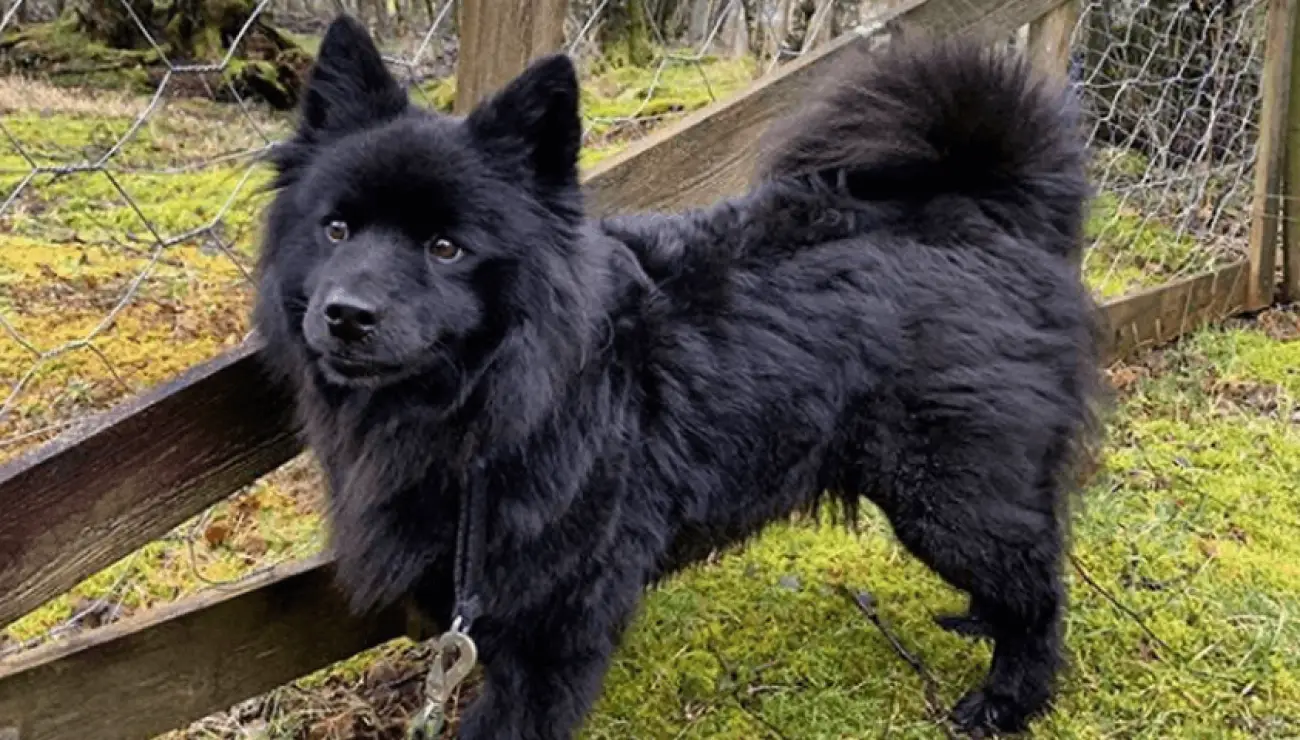
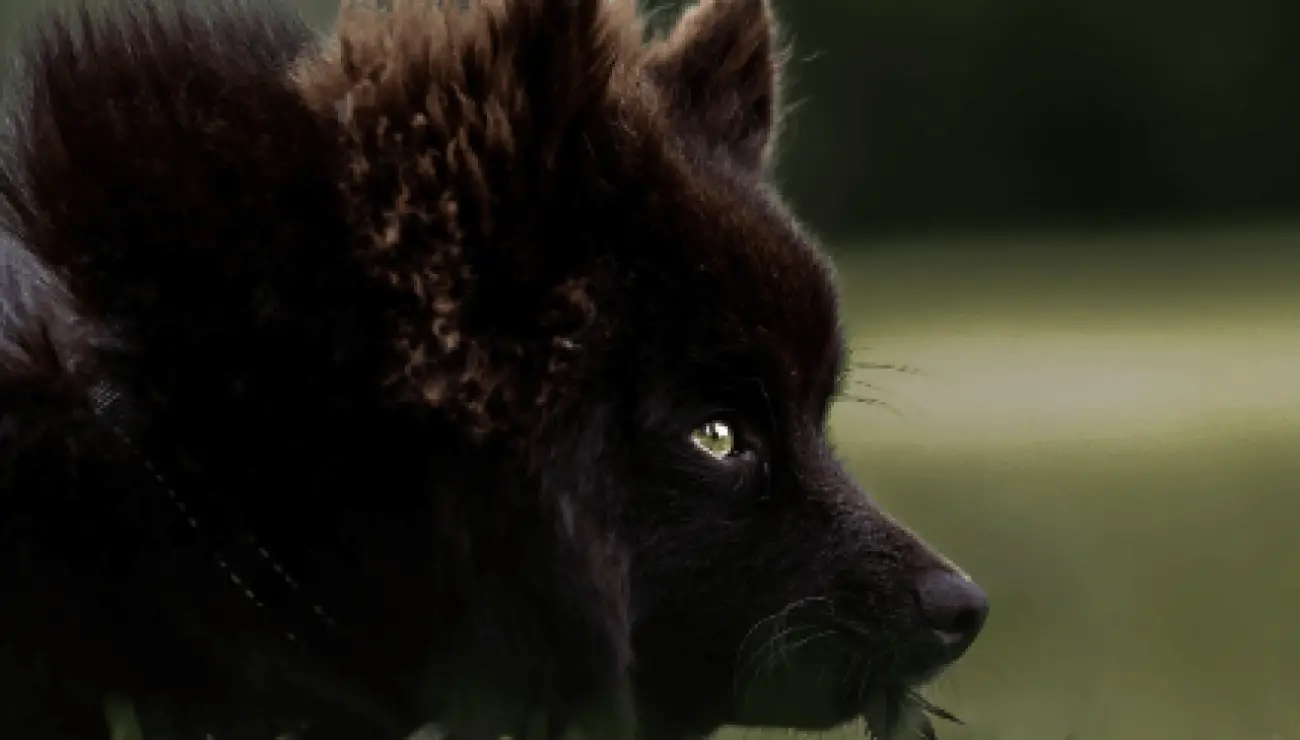


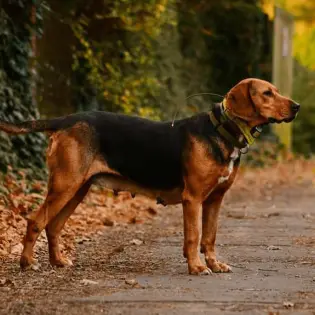
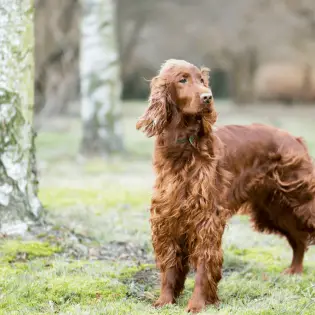

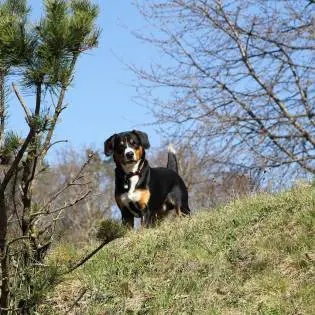



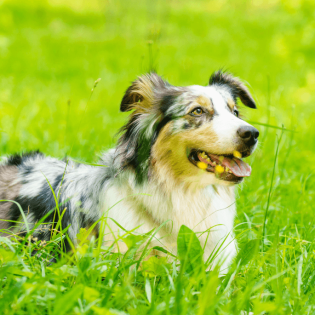

Share